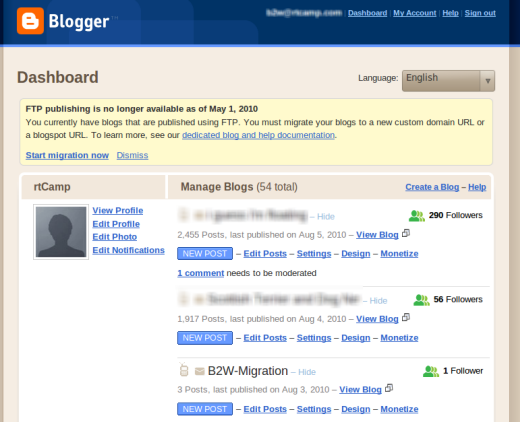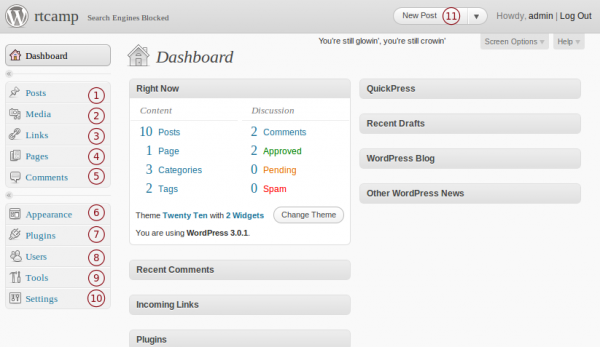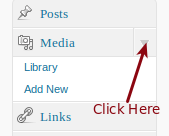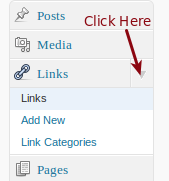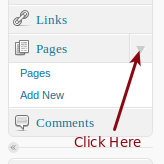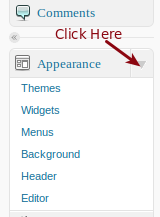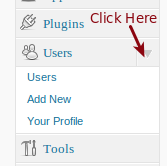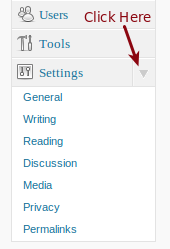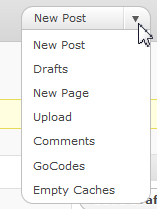Introduction
Many bloggers start using Blogger.com while starting out their blogging career. Professional bloggers quickly realize that WordPress is a better platform which simply gives a lot more customizable options when compared to Blogger.com.
This user guide is mainly for someone familiar with Blogger.com interface and may find it a little difficult to find his/her feet around with the new WordPress dashboard.
Now that you have started the journey of migration from using Blogger.com to WordPress there will be a few changes you might need to get used to. This article will try to make you familiar with WordPress.
How it works with Blogger!
Now lets start with your Blogger.com Dashboard which should look something like the image below. 🙂
How it works with WordPress!
How to login into WordPress Dashboard?
In most blogs you will not see a link to sign-in to the dashboard. You can directly access the login interface by adding ‘wp-admin’ to your URL.
Example: “http://yourblog.com/wp-admin” OR “http://yourblog.com/wp-login.php”
When you manage to get into WordPress Dashboard it would resemble something similar to the image below. The numbers are obviously my creation and corresponds to the points below for you to get familiar with WordPress! 🙂
#1. Posts
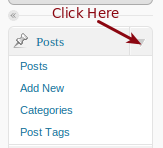 When you click on the Posts menu, you will find a sub menu with options for showing you all posts on the blog, writing a new post and additional links to create Categories and Post Tags.
When you click on the Posts menu, you will find a sub menu with options for showing you all posts on the blog, writing a new post and additional links to create Categories and Post Tags.
Check out Writing and Editing posts with WordPress for complete details.
#2. Media
You can upload videos, audio files and images by using the Media menu. Click on the menu and you will get the two sub-menus like Library and Add New. Here you can add media files and explore them. You can also find the URL of uploaded files here.
To know more about this feature check out Managing Media with WordPress.
#3. Links
A blogger usually likes to add links to websites and blogs maintained by friends and mentors. This can also be an indication for visitors on your blog to check out which websites or blogs you frequently visit.
If you want to add some external links of other websites that you like, you can add them from the Links menu. Just like posts can be organized into categories you can also create categories for your external links.
Check out All about Links Menu on WordPress for complete details.
#4. Pages
With Blogger.com we can create pages which are static on the blog. This is very useful to show information like ‘About Us‘ or ‘Contact Us‘ on a blog. Similarly WordPress also allows us to create pages which are static. You might already know how to go about writing a post in WordPress. In the same way you can create pages and write content on it.
You can not create Categories and Tags for Pages like you can with Posts.
Check out Writing and Editing a Page with WordPress for full details regarding Pages.
#5. Comments
You can find all the comments in Comments menu. It is one of the options for moderating your comments. It gives you many options with which a user can approve, move to trash, edit, add to spam and also most importantly reply to all the comments. Just like we can not allow comments on a particular post or page we can also do the same with WordPress.
For complete details check out Comment Moderation and Settings with WordPress.
#6. Appearance
Click on the Appearance menu and you will get many options for styling and providing some extra functionality to your blog. Using this menu you can change the theme of your blog, create custom menu for pages, categories and links. Check Managing themes with WordPress.
Change of background or header of the theme can also be done from this menu. The Editor option allows the user to edit your theme files (PHP and CSS). The background and header can be changed with only the default themes available with WordPress.
For more details check Managing Widgets in WordPress.
For more details on Menus check out How to add Menus in WordPress.
With Widget option you can add extra functionality to your blog. (widgets are similar to gadgets in Blogger.com).
#7. Plugins
Plugins menu is very useful in WordPress. It gives more flexibility and also functionality to your blog. With this menu a user can add, delete, activate or deactivate plugins.
Plugins at first glance is what really sets WordPress apart from Blogger.com as it has no options for adding plugins. Some plugins might give you new widgets or extra setting options in the dashboard itself. 🙂
For more details Check out Managing Plugins in WordPress.
#8 . Users
Like the Blogger.com has a Permission menu in which you can manage users and their roles. With WordPress we have the Users option with which we can add, remove and mange users.
Check out Managing Users in WordPress for complete details.
#9. Tools
In Tools Menu you can see import and export options. With these options you can import a blog which uses WordPress just like the tools in Blogger.com. Additionally these options can be used for moving a blog from Blogger.com to WordPress.
Click here to get details on All about Tools in WordPress.
#10. Settings
Settings menu is the most useful option in WordPress. You can tweak the required settings for the above discussed points for your blog like “Site Title & Description“, “Email address”, “Date & Time format”, “Post Count on front page”, “Default Category”, “Comments Moderation”, “Uploaded Media”, “Blog Privacy”, etc.
For more details check out Managing Settings with WordPress.
#11. Drop-down Shortcuts
With this drop-down you can directly be taken to the respective menu. This is a great way to jump off to writing a new post, creating new pages, looking up drafts and comments etc.
Hope this article has increased your familiarity with WordPress functionality and features.
Summary
In this article we saw a basic introduction to the WordPress Dashboard and its features. If you click on the links accompanying each point you can learn about these features and options with WordPress in a more comprehensive way.
